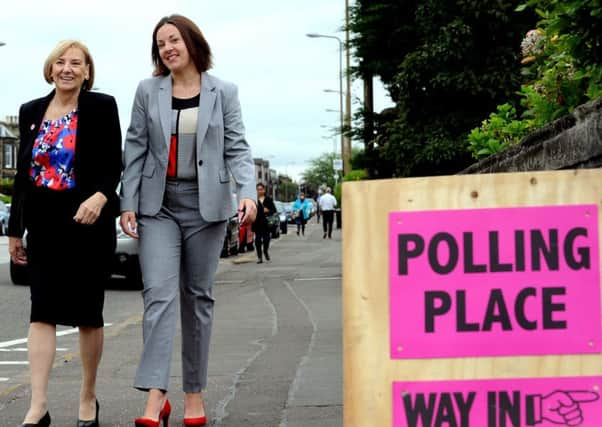Election: Quarter of all UK seats not changed since WWII


Research by the ERS shows 170 seats haven’t changed parties since 1945.
A total of 103 Conservative seats (31% of their total) and 67 Labour seats (26% of their total) have been held since at least 1945.
Advertisement
Hide AdAdvertisement
Hide AdERS research has shown that the average constituency last changed hands between parties in the 1960s, with some super safe seats having remained firmly in one-party control since the time of Queen Victoria.
The majority of seats can be predicted because of Westminster’s ‘broken First Past the Post electoral system’, according to the ERS.
Four weeks away from the last election, the Society predicted the final results for over half of the total constituencies. 364 seats were called based on how ‘safe’ they were in 2010 – and the ERS predicted just two wrong in the end.
Katie Ghose, Chief Executive of the Electoral Reform Society, said: “These figures show that despite voting habits changing hugely in the past few decades, Britain is rife with safe seats. There are hundreds of electoral deserts where the same party has got in since the war, and all voters lose out as a consequence.
“It’s no wonder people feel alienated by politics when many feel their vote for another party simply won’t count. With a quarter of seats not changing hands since the Second World War, voters become disillusioned and other parties focus their efforts elsewhere in the hyper-marginals. That’s no way to run a democracy.
“First Past the Post turns our elections into a postcode lottery – in some seats your vote simply doesn’t have the impact it has elsewhere. While it’s always vital to have your say, the way we elect our MPs leads millions to switch off – or feel forced to ‘hold their nose’ at the ballot box to maximise their voting power.
“Westminster’s current voting system is a recipe for stagnation. But under a fair and proportional voting system, as in Scotland and Northern Ireland, you have a number of representatives locally and can rank them by preference – making elections far more competitive and ensuring seats match votes.
